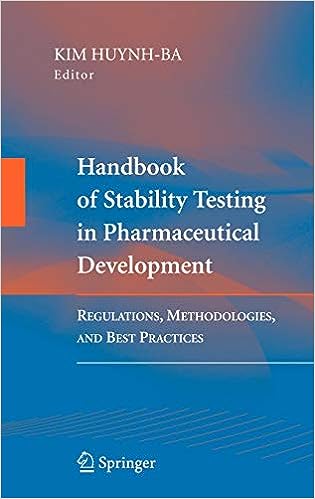Procedure for Analyzing Stability Samples with High-Performance Liquid Chromatography (HPLC)
1) Purpose
The purpose of this SOP is to provide a detailed procedure for analyzing stability samples using High-Performance Liquid Chromatography (HPLC) to determine the quality and stability of drug products over time.
2) Scope
This SOP applies to all stability samples that require analysis using HPLC to assess the stability, potency, and purity of drug products. It is relevant for personnel in quality control, research and development, and regulatory affairs departments.
3) Responsibilities
The responsibilities for analyzing stability samples using HPLC are as follows:
- Quality Control Team: To perform HPLC analysis as per the protocol and document results.
- R&D Team: To provide technical support for HPLC method development and validation.
- Regulatory Affairs Team: To ensure compliance with regulatory guidelines during HPLC analysis.
- Stability Study Coordinator: To manage the analysis schedule, sample management, and data review.
4) Procedure
The detailed stepwise procedure for analyzing
stability samples using HPLC is outlined below:- Preparation of HPLC Analysis Protocol:
- 4.1 Define the purpose, scope, and objective of the HPLC analysis.
- 4.2 Identify the drug product and critical quality attributes (CQAs) to be monitored.
- 4.3 Develop and validate the HPLC method for analyzing the stability samples.
- 4.4 Establish the calibration curve and validation parameters (e.g., accuracy, precision, specificity).
- 4.5 Document the HPLC analysis protocol, including sample preparation, mobile phase, column conditions, and detection parameters.
- Sample Preparation:
- 4.6 Prepare the stability samples according to the defined protocol.
- 4.7 Dilute or concentrate samples if necessary, based on the sensitivity of the HPLC method.
- 4.8 Filter the samples using an appropriate membrane filter before analysis.
- HPLC Analysis:
- 4.9 Load the samples onto the HPLC system and initiate the analysis.
- 4.10 Monitor the chromatographic conditions and ensure they remain consistent throughout the analysis.
- 4.11 Record the chromatograms and retention times for each sample.
- Data Analysis and Interpretation:
- 4.12 Analyze the chromatograms to determine the concentration and purity of the drug product.
- 4.13 Compare the results with the predefined acceptance criteria.
- 4.14 Document any deviations, trends, or abnormalities observed during the analysis.
- Documentation and Reporting:
- 4.15 Compile a comprehensive HPLC analysis report including objectives, methods, results, and conclusions.
- 4.16 Ensure the report is reviewed and approved by relevant stakeholders.
- 4.17 Submit the report to regulatory bodies or internal stakeholders as required.
- Review and Update:
- 4.18 Regularly review the HPLC analysis protocol and update it based on new data or regulatory changes.
- 4.19 Archive the approved protocol and report in a controlled document management system.
5) Abbreviations, if any
- HPLC: High-Performance Liquid Chromatography
- CQA: Critical Quality Attribute
6) Documents, if any
- HPLC Analysis Protocol
- HPLC Analysis Log Sheets
- HPLC Analysis Report Template
7) Reference, if any
- ICH Q2(R1): Validation of Analytical Procedures
8) SOP Version
Version 1.0

